-
 Bitcoin
Bitcoin $116400
0.87% -
 Ethereum
Ethereum $3819
3.86% -
 XRP
XRP $3.048
1.62% -
 Tether USDt
Tether USDt $1.000
0.03% -
 BNB
BNB $777.2
0.60% -
 Solana
Solana $169.3
0.46% -
 USDC
USDC $0.0000
0.02% -
 TRON
TRON $0.3414
2.06% -
 Dogecoin
Dogecoin $0.2126
3.33% -
 Cardano
Cardano $0.7527
1.21% -
 Hyperliquid
Hyperliquid $38.86
1.02% -
 Sui
Sui $3.683
5.27% -
 Stellar
Stellar $0.4048
1.45% -
 Chainlink
Chainlink $17.91
6.62% -
 Bitcoin Cash
Bitcoin Cash $576.9
1.29% -
 Hedera
Hedera $0.2487
1.03% -
 Ethena USDe
Ethena USDe $1.001
-0.01% -
 Avalanche
Avalanche $22.46
1.07% -
 Litecoin
Litecoin $120.8
1.69% -
 UNUS SED LEO
UNUS SED LEO $8.963
-0.30% -
 Toncoin
Toncoin $3.301
2.33% -
 Shiba Inu
Shiba Inu $0.00001250
1.13% -
 Uniswap
Uniswap $10.06
3.45% -
 Polkadot
Polkadot $3.731
1.56% -
 Dai
Dai $1.000
0.01% -
 Bitget Token
Bitget Token $4.416
1.58% -
 Cronos
Cronos $0.1482
3.73% -
 Monero
Monero $250.0
-12.34% -
 Pepe
Pepe $0.00001075
2.16% -
 Aave
Aave $274.6
4.17%
Bitget contract tutorial
Bitget's contract trading platform offers a comprehensive suite of features and functionalities, empowering traders of all levels to navigate the complex world of futures trading with confidence.
Nov 12, 2024 at 04:17 am
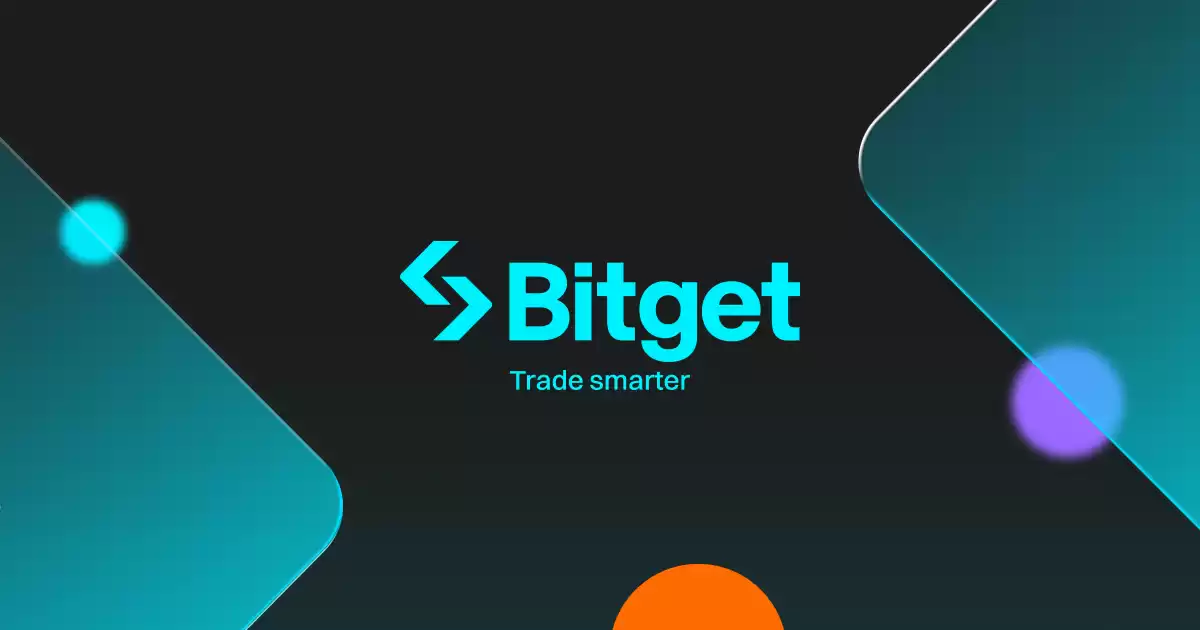
Bitget Contract Tutorial: A Comprehensive Guide to Contract Trading on Bitget
Bitget, a leading cryptocurrency exchange, offers a robust contract trading platform that empowers traders of all levels to access advanced trading strategies and potentially maximize their returns. This comprehensive tutorial will guide you through the essential steps of contract trading on Bitget, providing a detailed understanding of the platform's features and functionalities.
Step 1: Understanding Contract Trading
Contract trading, also known as futures trading, involves speculating on the future price of an underlying asset, such as cryptocurrency or commodities. Unlike spot trading, where you buy or sell the actual asset, contract trading allows you to enter into a contract that represents the underlying asset's value. This opens up opportunities for leveraged trading, allowing you to trade with a larger amount than your initial deposit.
Step 2: Creating an Account on Bitget
To begin contract trading on Bitget, you'll need to create an account on the exchange. The registration process is straightforward and requires basic personal and contact information. Once your account is verified, you can initiate deposits of USD, cryptocurrencies, or stablecoins to fund your trading activities.
Step 3: Choosing a Trading Pair and Order Type
Bitget offers a wide selection of trading pairs, including popular cryptocurrencies like Bitcoin (BTC), Ether (ETH), and Solana (SOL). Before placing an order, you need to select the trading pair and decide on the order type. Bitget offers various order types, such as limit orders, market orders, stop orders, and conditional orders, allowing traders to customize their trading strategies.
Step 4: Understanding Leverage and Margin
Leverage is a crucial concept in contract trading and refers to the ratio of the borrowed funds to your initial deposit. Leverage allows traders to amplify their potential profits, but it also increases the risk of losses. Bitget offers flexible leverage options, ranging from 1x to 125x, enabling traders to tailor their leverage settings based on their risk tolerance and trading style.
Margin, on the other hand, refers to the amount of funds required to open and maintain a leveraged position. Traders need to ensure they have sufficient margin to cover their positions, as any shortfall can lead to forced liquidation of their trades.
Step 5: Placing Your Order
Once you've determined your trading parameters, you can place your order. Bitget's user-friendly trading interface provides an intuitive platform for order placement. You can specify the trading pair, order type, leverage, order quantity, and limit price, if necessary.
Step 6: Managing Your Positions
After placing your order, it's essential to monitor and manage your open positions to maximize your returns and minimize risks. Bitget provides a range of tools for position management, including position size adjustment, trailing stop-loss orders, and real-time profit and loss tracking.
Step 7: Closing Your Positions
When the target profit level is reached or the market conditions necessitate it, you can close your positions. Bitget allows you to exit positions by placing an opposite-side order or using the liquidation function. Liquidation occurs when the available margin falls below the minimum margin requirement, forcing the closure of the position to prevent further losses.
Step 8: Risk Management Techniques
Contract trading carries inherent risks, and effective risk management is crucial for preserving capital and achieving trading success. Bitget offers several risk management tools such as stop-loss orders, position size control, and risk alerts to help traders mitigate potential losses. Additionally, managing your trading emotions, developing a trading plan, and continuously educating yourself about contract trading can enhance your overall trading strategy.
Disclaimer:info@kdj.com
The information provided is not trading advice. kdj.com does not assume any responsibility for any investments made based on the information provided in this article. Cryptocurrencies are highly volatile and it is highly recommended that you invest with caution after thorough research!
If you believe that the content used on this website infringes your copyright, please contact us immediately (info@kdj.com) and we will delete it promptly.
- Pi Coin's dApp and AI Potential: Building a Decentralized Future
- 2025-08-08 02:30:12
- Bitcoin, Greenidge, and Liquidity: Navigating the Crypto Currents in NYC
- 2025-08-08 02:30:12
- Crypto Phishing Alert: $3 Million USDT Loss Highlights DeFi Risks
- 2025-08-08 01:10:12
- Crypto Presale Mania: Is Punisher Coin the High ROI King?
- 2025-08-08 01:10:12
- Online Betting, Platforms & Crypto Access: What's Hot in 2025
- 2025-08-08 00:50:12
- Layer Brett: The Meme Coin Primed for 100x Gains?
- 2025-08-08 01:50:12
Related knowledge

What triggers a liquidation event on a Coinbase futures position?
Aug 08,2025 at 01:15am
Understanding Futures Contracts on CoinbaseFutures contracts on Coinbase allow traders to speculate on the future price of a cryptocurrency, such as B...
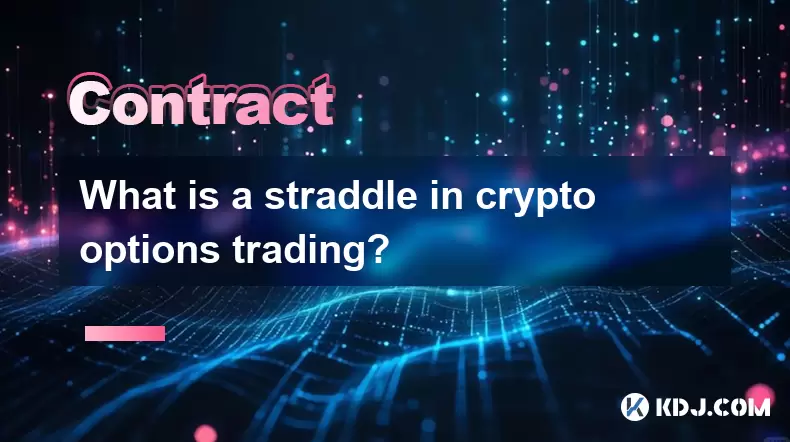
What is a straddle in crypto options trading?
Aug 07,2025 at 11:15pm
Understanding the Basics of a Straddle in Crypto OptionsA straddle is an options trading strategy used when a trader expects significant price movemen...
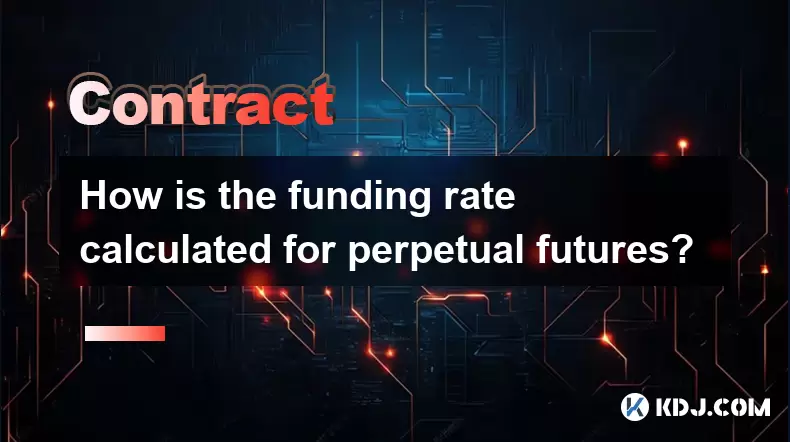
How is the funding rate calculated for perpetual futures?
Aug 07,2025 at 11:36pm
Understanding the Basics of Perpetual FuturesPerpetual futures are a type of derivative contract that does not have an expiration date, allowing trade...
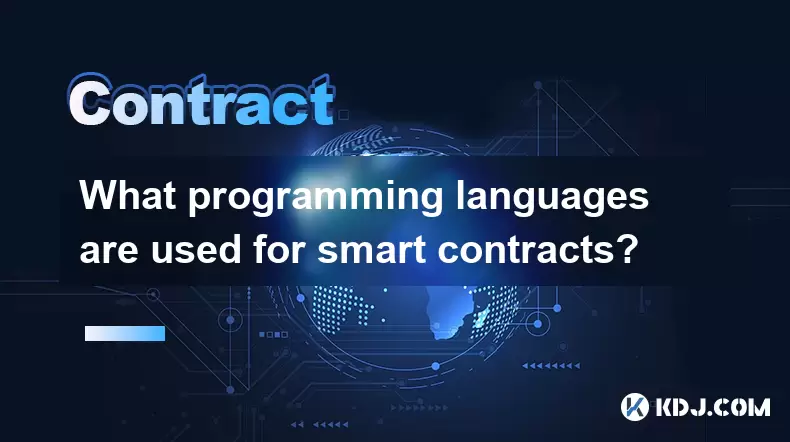
What programming languages are used for smart contracts?
Aug 07,2025 at 06:07pm
Understanding Smart Contracts and Their Execution EnvironmentSmart contracts are self-executing programs deployed on blockchain networks that automati...
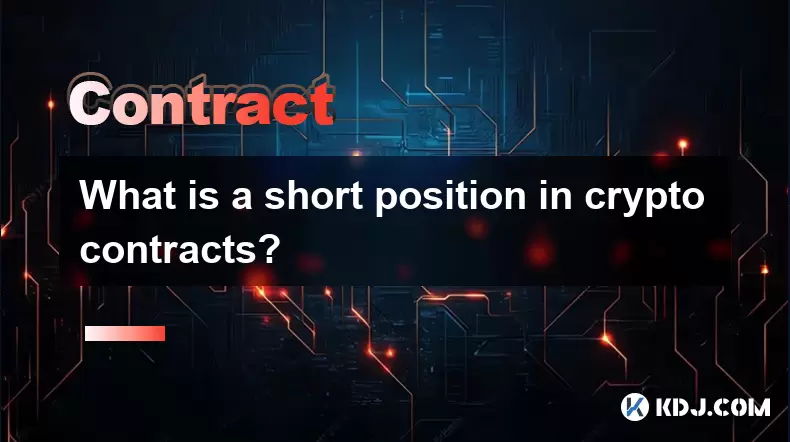
What is a short position in crypto contracts?
Aug 07,2025 at 11:42pm
Understanding the Concept of a Short Position in Crypto ContractsA short position in crypto contracts refers to a trading strategy where a trader prof...

What is a long position in crypto contracts?
Aug 07,2025 at 06:29pm
Understanding the Concept of a Long Position in Crypto ContractsA long position in crypto contracts refers to a trading strategy where a trader buys a...

What triggers a liquidation event on a Coinbase futures position?
Aug 08,2025 at 01:15am
Understanding Futures Contracts on CoinbaseFutures contracts on Coinbase allow traders to speculate on the future price of a cryptocurrency, such as B...

What is a straddle in crypto options trading?
Aug 07,2025 at 11:15pm
Understanding the Basics of a Straddle in Crypto OptionsA straddle is an options trading strategy used when a trader expects significant price movemen...

How is the funding rate calculated for perpetual futures?
Aug 07,2025 at 11:36pm
Understanding the Basics of Perpetual FuturesPerpetual futures are a type of derivative contract that does not have an expiration date, allowing trade...

What programming languages are used for smart contracts?
Aug 07,2025 at 06:07pm
Understanding Smart Contracts and Their Execution EnvironmentSmart contracts are self-executing programs deployed on blockchain networks that automati...

What is a short position in crypto contracts?
Aug 07,2025 at 11:42pm
Understanding the Concept of a Short Position in Crypto ContractsA short position in crypto contracts refers to a trading strategy where a trader prof...

What is a long position in crypto contracts?
Aug 07,2025 at 06:29pm
Understanding the Concept of a Long Position in Crypto ContractsA long position in crypto contracts refers to a trading strategy where a trader buys a...
See all articles

























































































